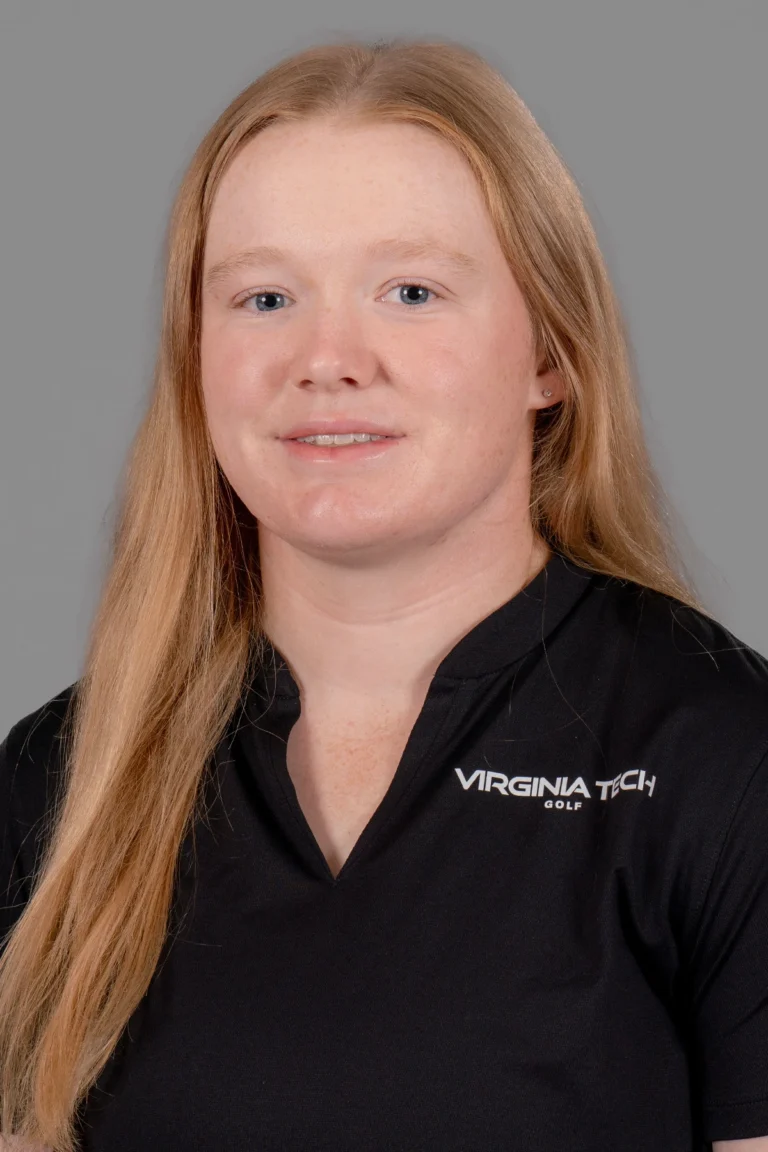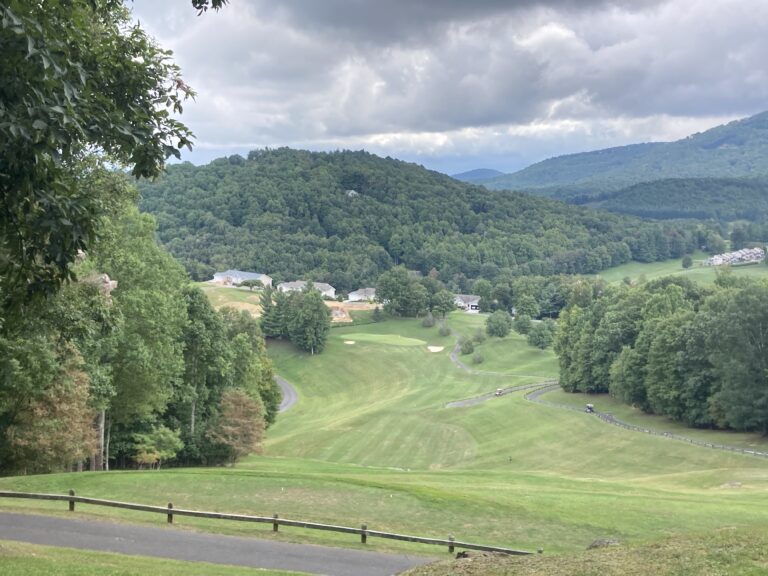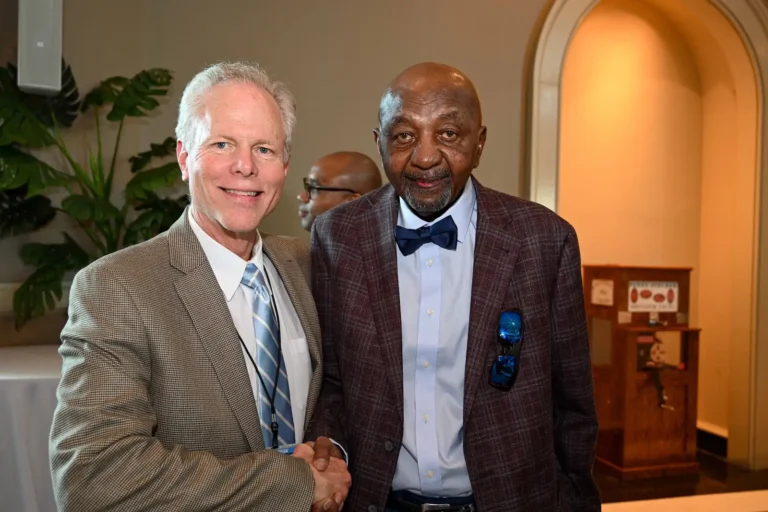We’re closing in on the typical start of the mountain golf season. But with the horrible damage wreaked by Hurricane Helene last fall, which High Country courses will be ready to open? How will they be different from past years? Will the others reopen, or are they gone for good?
There is good news and bad news. Some courses will open on time. Others will open on time with a limited layout. Some will open late, perhaps with a limited layout. A few may remain closed this year, or perhaps, may be gone forever.
Let’s start with the good news: The Big 3 public courses in Ashe, Avery and Watauga County escaped heavy damage.
Boone Golf Club, the longtime public-access favorites for visitors to Boone and Blowing Rock, is scheduled to open around April 1, depending on the weather, according to the course’s Facebook page and voice mail.
No foolin’. Boone is ready. The course only needed a few weeks last fall to recover from flooding No. 2, a short par-4, was turned into a par-3 as silt damage to the fairway was repaired.
Boone isn’t cheap — it was $94 in prime time last year. But it’s a great public course and it will soon be open.
Mountain Aire Golf Club was also lucky. The West Jefferson layout, which offers spectacular views and dramatic elevation changes, opened in early March, needing little, if any, extra spring prep time. According to an attendant in the pro shop, peak summer rates there will be $60 on weekdays and $75 on weekends.
Mountain Glen Golf Club in Newland, most convenient to Sugar Mountain, Beech Mountain, Linville and Banner Elk visitors, will open in April. The George Cobb design was largely spared despite damage to several nearby Avery communities. Peak summer rates are posted as $79 on weekdays and $89 on weekends.
Now, the not-so-good news:
Sugar Mountain Golf Club, a challenging and fun par-64 near Banner Elk, expects to open with nine of its 18 holes as early as May. Hard hit by flood damage, the club plans a $1-million to $1.5-million restoration project.
Tom McAuliffe, the longtime golf director at Sugar Mountain, said the plan calls for the course to open first with a routing of holes 1-3, 7-9, 10, 17 and 18. Perhaps the hardest hit was No. 16, a short, downhill par-4 with a green surrounded a creek and trees. McAuliffe said Sugar Mountain was helped financially by a strong ski season.
Linville Land Harbour Golf Club has posted that its front nine will open on April 11. Nos. 15, 16 and 18 on the short, dogleg-filled back nine suffered extensive damage. Dail Golf of Greensboro is handling the restoration, including installation of a new irrigation system.
Grandfather Golf & Country Club near Linville suffered some extensive flood damage, especially on the finishing holes around the lake and the 18th green. The club also had to replace a few bridges. But the course has a charity event on the calendar for May 5, about the typical spring opening date for Avery’s private courses.
Linville Golf Club, Linville Ridge Golf Club and Diamond Creek Golf Club — other Avery exclusives — have not reported any delays in opening. Beech Mountain Club, which has a private, 6,200-yard course, has members events scheduled for mid-May, the normal window for the state’s highest-elevation course.
Hound Ears, a private club in Boone, suffered extensive flood damage from the adjacent Watauga River, but has reportedly targeted mid-April to reopen.
Some very bad news:
The private Elk River Club, built along the Elk River outside Banner Elk, apparently faces extensive repair — the flooding has been easy to see for motorists on N.C. 194. The clubhouse for the first Jack Nicklaus design in the state was flooded as was a golf cart tunnel under the community’s main road.
Mount Mitchell Golf Club, a longtime public favorite, suffered devastating flooding. A common detour for Watauga and Avery tourists, the course will apparently be closed for at least several months. Over the past few months, TriadGolf.com calls to the pro shop have been unanswered. The course was soliciting online donations in October.











